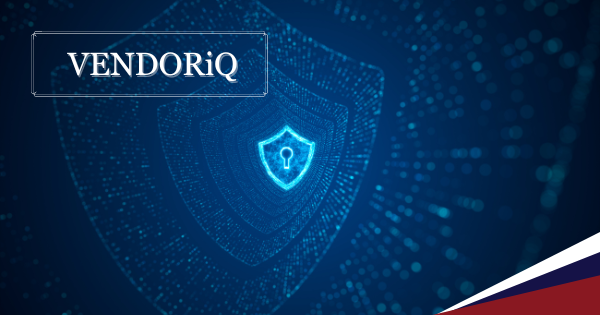
VENDORiQ: Cado Security Partners with Cosive in Australia
Cado Security has selected a channel partner in Australia, aiming to bolster its presence in the Asia-Pacific region.

Cado Security has selected a channel partner in Australia, aiming to bolster its presence in the Asia-Pacific region.

Discover the potential benefits of using diverse data in fraud detection. This IBRS special report will show you how big, diverse data can help businesses prevent fraud and improve customer experience.

Reacting to a cyber incident can be daunting, but panicking and making mistakes can worsen the situation. Learn how a digital forensics incident response (DFIR) retainer can help you minimise the impact and ensure timely access to expert help.